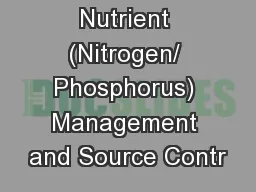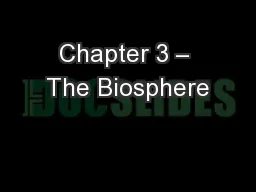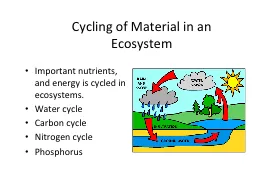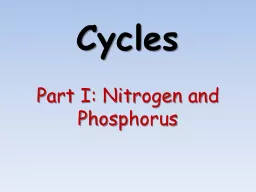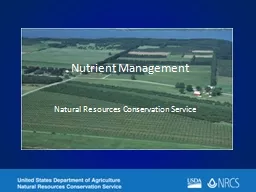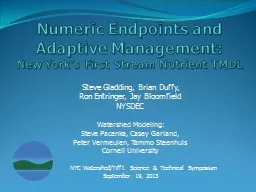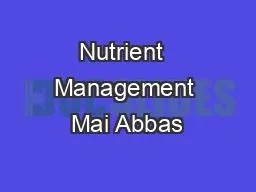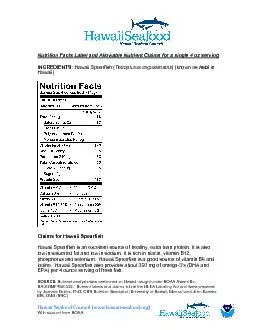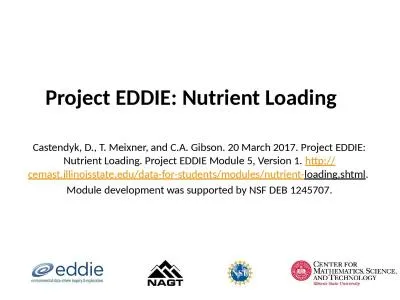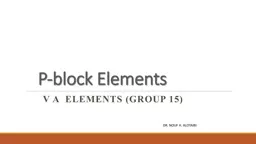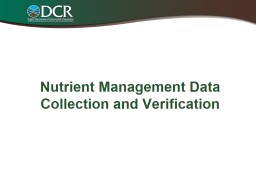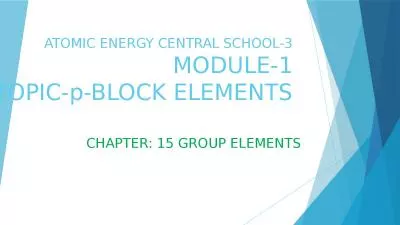PPT-Nutrient (Nitrogen/ Phosphorus) Management and Source Contr
Author : cheryl-pisano | Published Date : 2017-11-09
NCHRP 252585 Project Overview Goals and Objectives Identify and critically evaluate DOT strategies for assessing nutrient concerns and reducing nutrient loads
Presentation Embed Code
Download Presentation
Download Presentation The PPT/PDF document "Nutrient (Nitrogen/ Phosphorus) Manageme..." is the property of its rightful owner. Permission is granted to download and print the materials on this website for personal, non-commercial use only, and to display it on your personal computer provided you do not modify the materials and that you retain all copyright notices contained in the materials. By downloading content from our website, you accept the terms of this agreement.
Nutrient (Nitrogen/ Phosphorus) Management and Source Contr: Transcript
Download Rules Of Document
"Nutrient (Nitrogen/ Phosphorus) Management and Source Contr"The content belongs to its owner. You may download and print it for personal use, without modification, and keep all copyright notices. By downloading, you agree to these terms.
Related Documents

